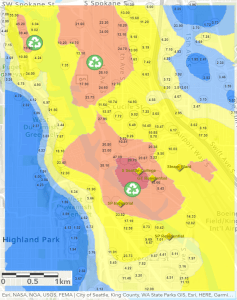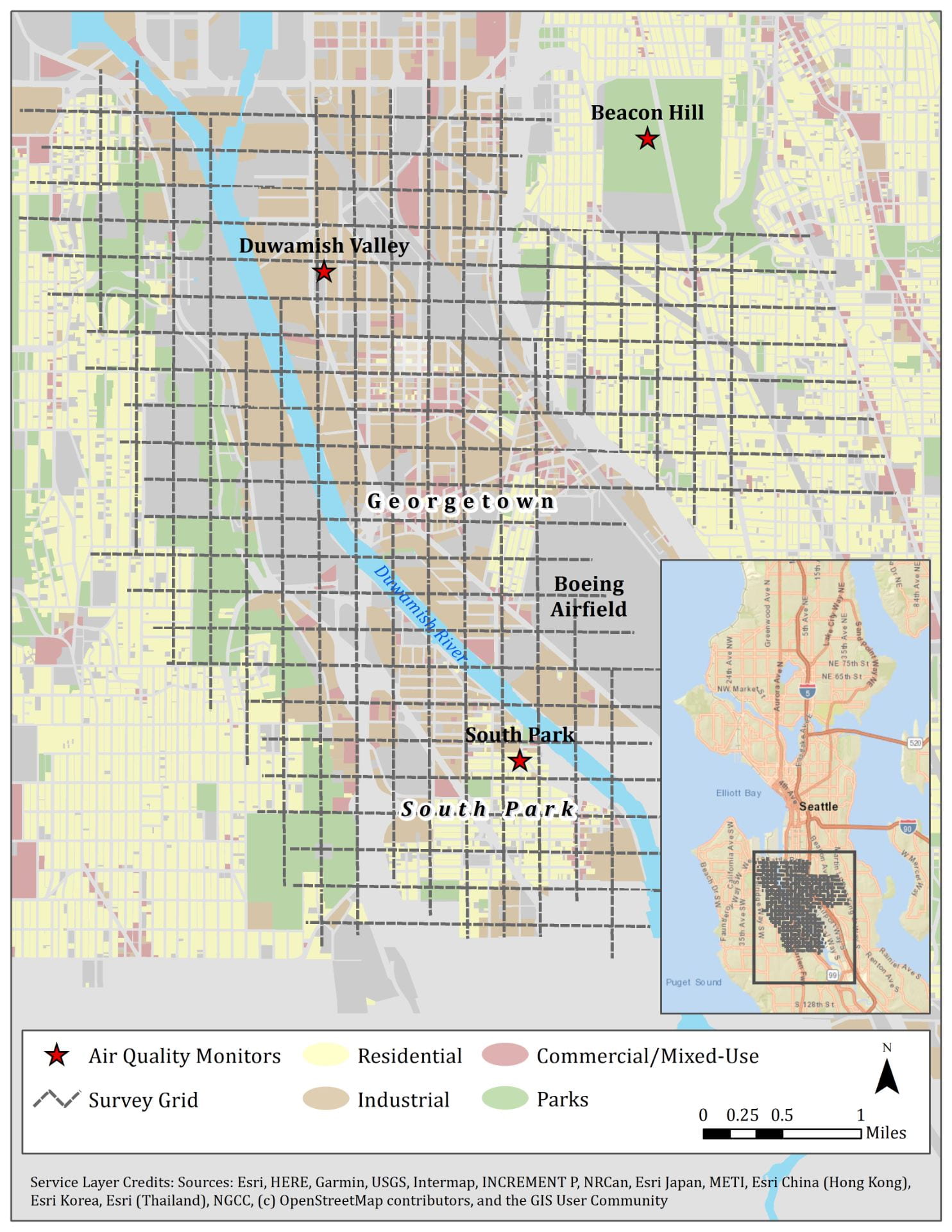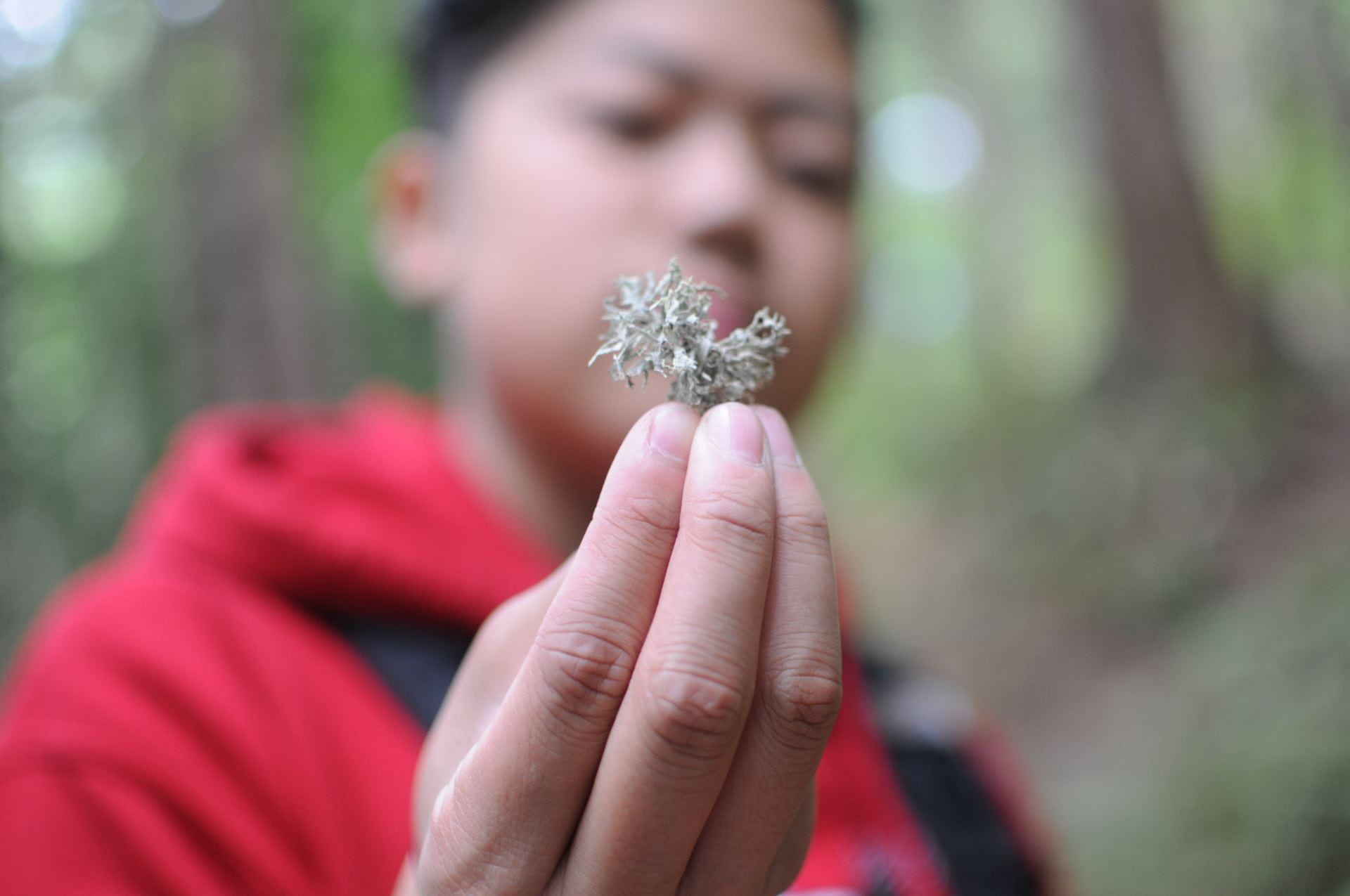Last month, we released our natural resource governance assessment for the Puget Sound estuarine ecosystem. Sound Natural Resource Governance for Washington’s Estuarine Recovery? details our assessment. In short, we gave collaborative natural resource governance for the Puget Sound a failing grade. One failure involves a misguided yet multi-decade goal of no net ecological loss. Its analogous to those increasingly popular but flawed net zero carbon pledges. Real progress for both carbon and ecological footprints demands net positive developments.
Unfortunately, habitat degradation continued to outpace restoration all over the Puget Sound. In 2013, Researchers analyzed the 17,700 km2 land area of the Central Puget Sound counties of King, Kitsap, Pierce, and Snohomish. After comparing land cover changes, they estimated that between 1986 – 2007, urban development increased from 8 to 19% of the region. Analysts also found lowland deciduous and mixed forests decreased from 21 to 13% while grass and agriculture decreased from 11 to 8%. This totaled a 22% loss of undeveloped land cover over two decades.
For context, we borrowed David Quamman’s analogy about ecosystem degradation. His book Song of the Dodo about the personalities and history of the theory of island biogeography opens with a 36 Persian rug analogy. Cutting such a tapestry into 36 pieces is what we did to so many ecosystems like the Puget Sound estuary. “An ecosystem is a tapestry of species and relationships. Chop away a section, isolate that section, and there arises the problem of unraveling” according to Quammen.
When you apply this metaphor to land cover and development over time across the Puget Sound watershed, you begin thinking like a biogeographer. Or, visualize the land area of Central Puget Sound as a Salish Blanket composed of 100 panels. Each one would represent approximately 177 km2. With 22% of undeveloped land lost, that’s equal to 22 panels. We therefore shaded 22 panels red in five cuts for this post’s visualization above.
First, slice four diagonals just inside the upper right corner. Those slashes represent 16% of land cover lost. Now you have five fragments. Imagine another five percent diagonal cut in the upper left of the largest of those five pieces. Now you have six fragments of the original rug after a 21% land cover loss. Now, punch a perforation in the largest piece. This final cut sums with the others to a 22% land cover lost over two decades. Are these six Salish tapestry fragments as valuable as the original one?
Last year, remote-sensed data organized by the Washington Department of Fish and Wildlife (WDFW) was released on the agency’s High Resolution Change Detection (HRCD) hub. The HRCD analysis may contain some good news for the Puget Sound ecosystem. Between 2006 and 2017, 90% of the Puget Sound watershed’s land cover was unchanged. Growth management and other forces slowed development’s advance. But HRCD analysts documented a quarter of a million land cover change events over a decade.
Timber harvest between 2006-2017 represented most of the change. Logging resulted in 266,002 acres cut. That equaled 1,076 km2 or six more of our 100 panels in the visualization above. Yet, in a pilot study of the Nooksack River’s south fork, researchers projected that commercial forestry in the Nooksack basin may reduce summer stream flows in the river. Compared to a no-harvest scenario, summer flows may drop by up to 25%. Clear cuts at high elevations could be promoting faster and significant snowmelt. Younger trees transpire water vapor faster than older trees. Thus, timber harvest may represent more bad than good or even neutral news. Thus, we made six panels yellow.
In more bad news, new impervious and semi-pervious development accounted for 28,322 acres or 114.6 km2 lost. Non-timber harvest canopy removal amounted to another 307.5 km2 of development activity (75,991 acres). In sum, that totals 422.1 km2 of land cover change. Instead of holding to no net loss, just over two panels in the baseline visualization above were lost to development between 2006 and 2017. Which two panels would you shade red?
Finally, there also may be some ugly news for the net ecological gain standard. Since 2007, land restoration acres for the entire Puget Sound equaled 31,059 acres or 125.7 km2 according to the Puget Sound Acquisition and Restoration Dashboard. That’s not even one panel of net ecological gain of our Salish blanket visualization above for Central Puget Sound. Our net zero mindset needs to shift to a net gain commitment. See more from our report here.
Sound Natural Resource Governance for Washington’s Estuarine Recovery?









